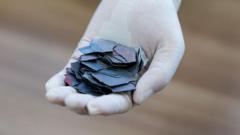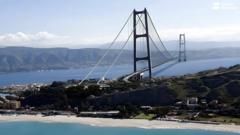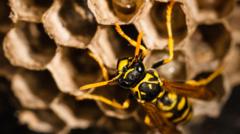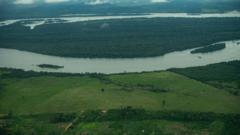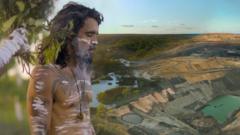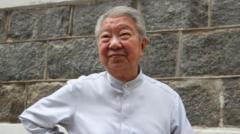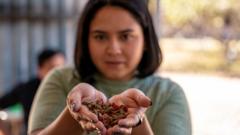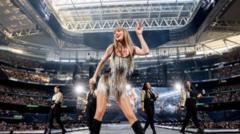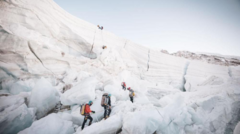With a desire to minimize their carbon footprint even in death, increasing numbers of people are exploring eco-friendly funeral alternatives. From homemade burial shrouds to natural burial grounds, the trend reflects a broader consciousness about environmental sustainability.
Embracing Eco-Friendly Funerals: A Growing Trend Towards Sustainable Farewells

Embracing Eco-Friendly Funerals: A Growing Trend Towards Sustainable Farewells
As environmental concerns rise, more individuals are opting for sustainable funeral practices over traditional methods, significantly impacting burial and cremation choices.
In a world increasingly aware of its carbon footprint, individuals are beginning to extend their eco-conscious values to their funeral choices. Rachel Hawthorn, an artist from Hebden Bridge, West Yorkshire, exemplifies this shift. Concerned about the environmental implications of traditional funerals, she is making her own burial shroud from locally sourced materials, stating, "If it's a choice between being lovingly wrapped or boxed up, it's a no-brainer for me."
The statistics are stark: a report from carbon consultancy firm Planet Mark reveals that cremations in the UK generate carbon dioxide emissions equivalent to a round-trip flight from London to Paris. In fact, around 80% of deaths in the UK result in cremation each year. Moreover, conventional burials pose their own environmental threats—non-biodegradable coffins, embalming fluids, and other harmful materials leach into the soil.
A Co-op Funeralcare survey indicates a growing trend, with one in ten people expressing a desire for more environmentally friendly funeral options. Rachel’s shroud serves a purpose beyond art; it initiates discussions about death and dying, reflecting a passionate belief that talking about death can be enlightening. As a death doula, she emphasizes the importance of informed choices in funeral care, aiming to dismantle the stigma surrounding these conversations.
Historically, burial practices have evolved; the six-foot grave depth, thought to guard against plague, contrasts sharply with modern preferences for natural burials. Rachel envisions a future where biodegradable coffins and shrouds are the norm, allowing for more natural decomposition in a shallower grave. Natural burial sites across the UK—often featuring trees and wildflowers instead of conventional grave markers—are attracting attention as sanctuaries for eco-conscious farewells.
Louise McManus shared how her mother’s funeral was carefully planned in a natural burial site at Tarn Moor Memorial Woodland. It featured an electric hearse and a locally crafted wool coffin—a tribute to her mother’s love for nature and concern for the environment. Sarah Jones, a funeral director in Leeds, has witnessed a remarkable increase in demand for sustainable funerals, noting that eco-burials now account for around 20% of her business.
However, this shift towards sustainability comes with its complexities. Natural burials often carry higher costs, with Tara Moor charging different rates for locals and non-residents. Additionally, transportation to rural burial grounds can contribute to a larger carbon footprint, sparking conversations about accessibility.
Rachel acknowledges this challenge but remains optimistic, advocating for more local natural burial sites and promoting a culture of eco-friendly death practices. She reminisces about a time when shrouds were part of a woman's dowry, kept ready for use—a tradition she hopes can become commonplace once again. “It doesn’t have to be a certain way; everyone should have the freedom to choose.” The evolving landscape of funerals reflects not only changing attitudes towards death but also an enduring commitment to preserving the planet, even in our final goodbyes.

